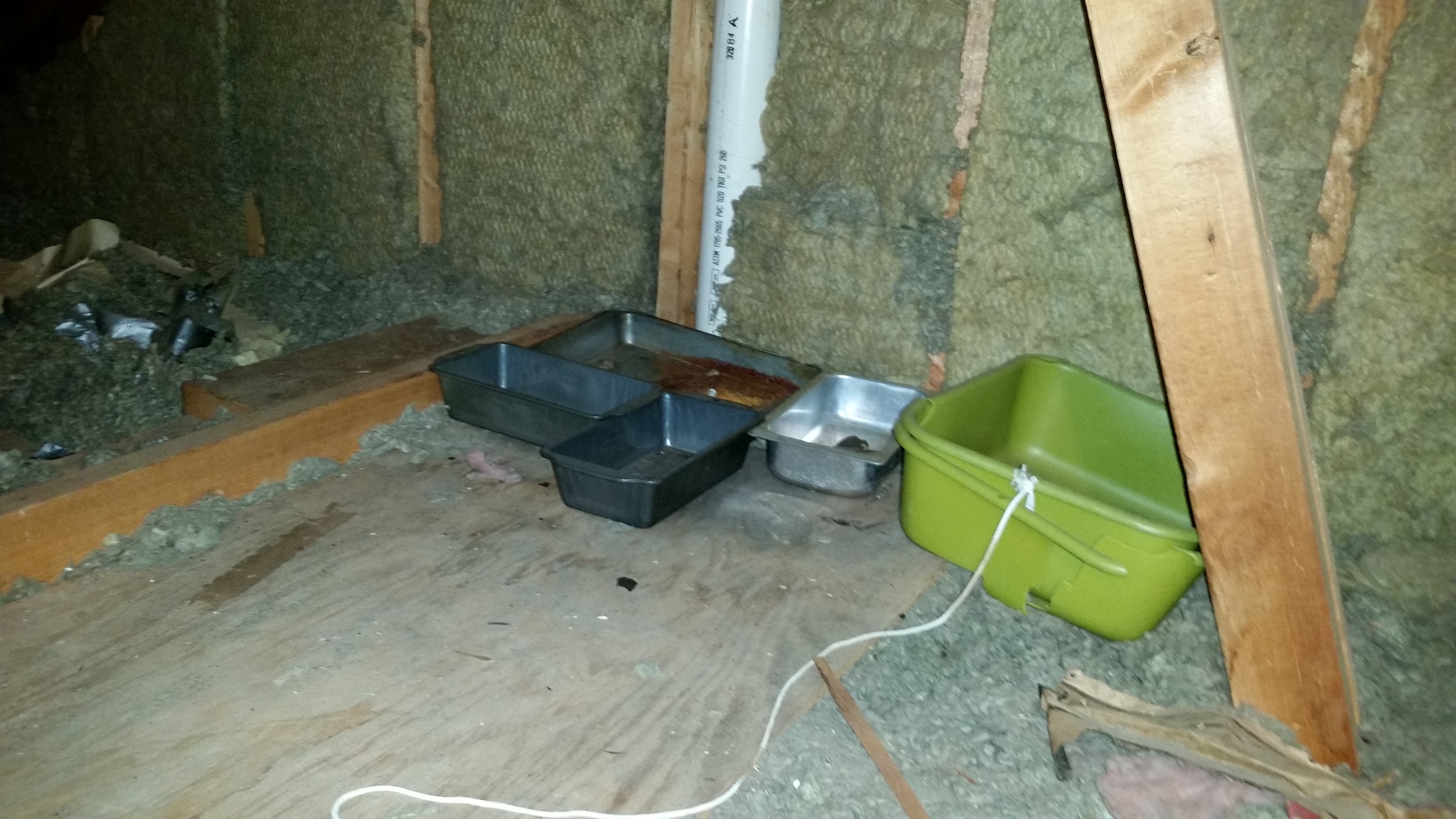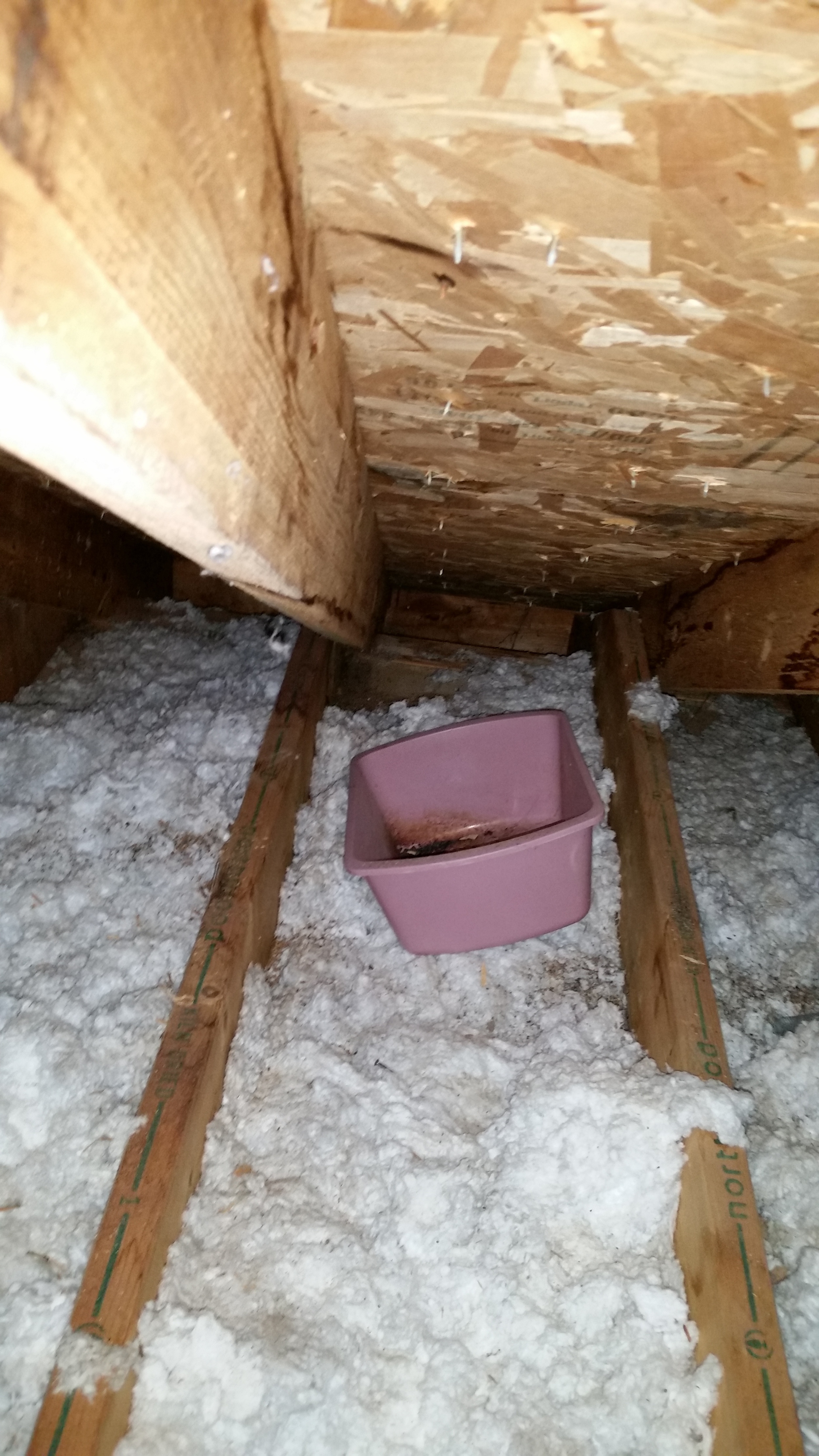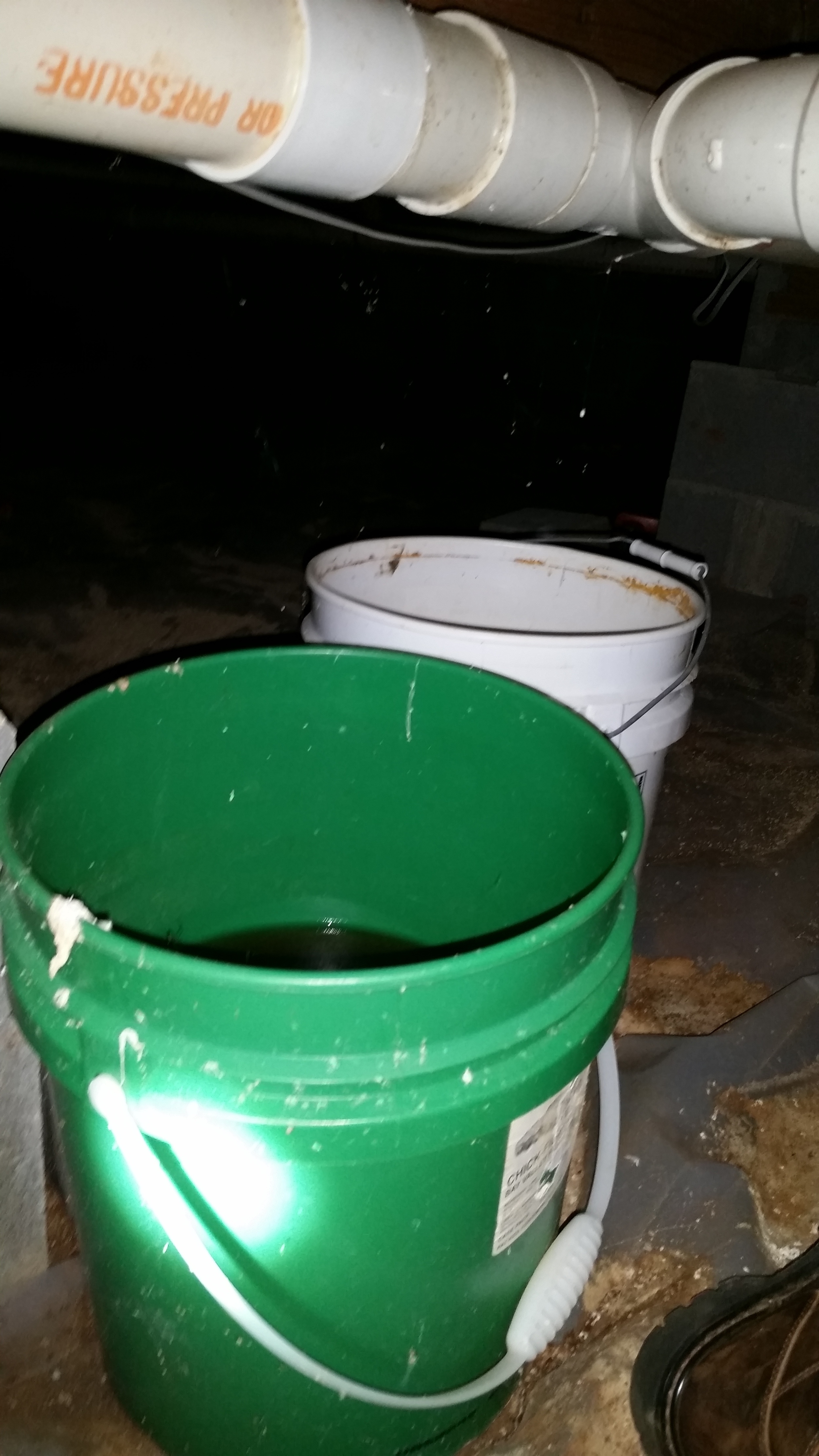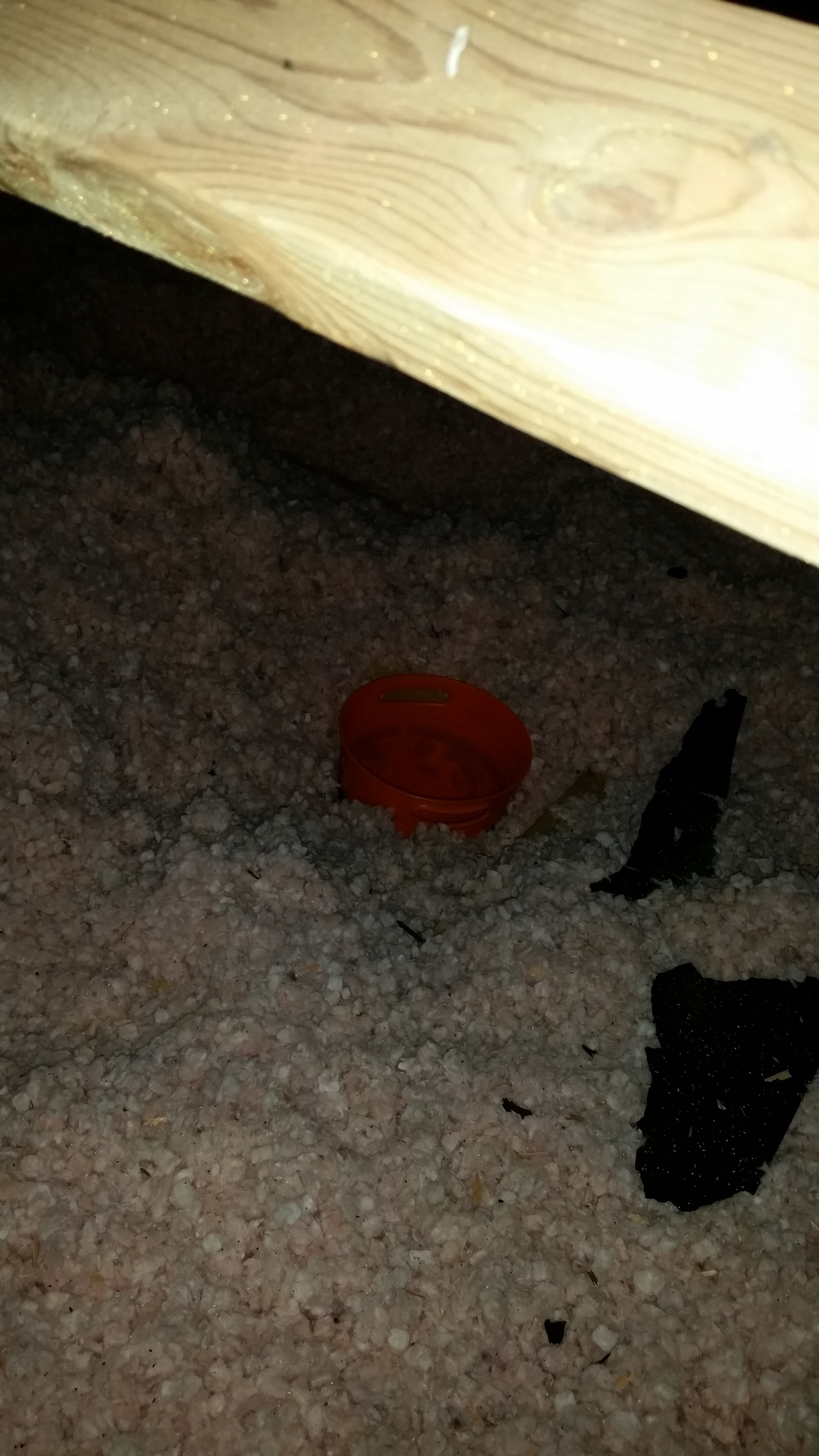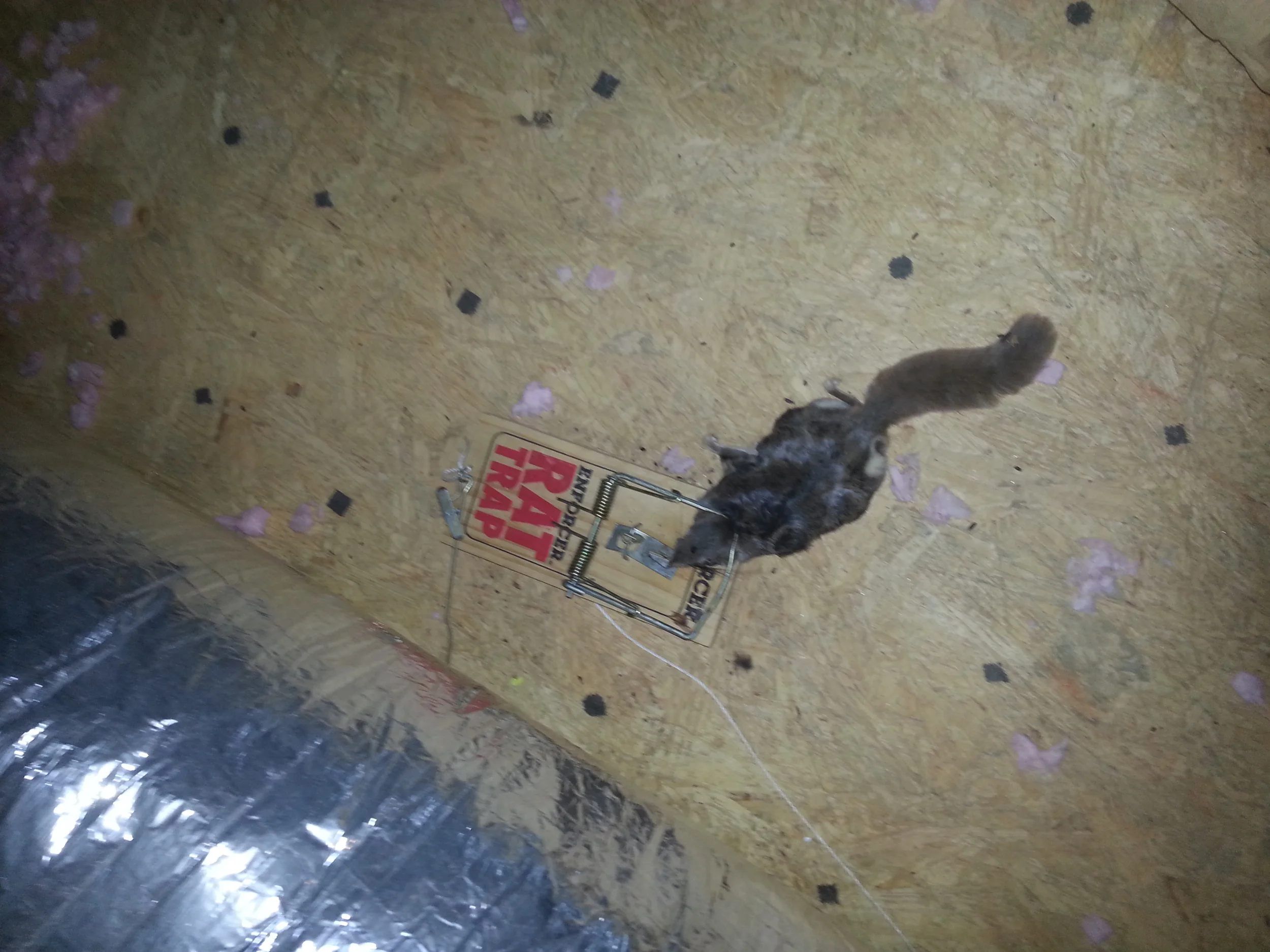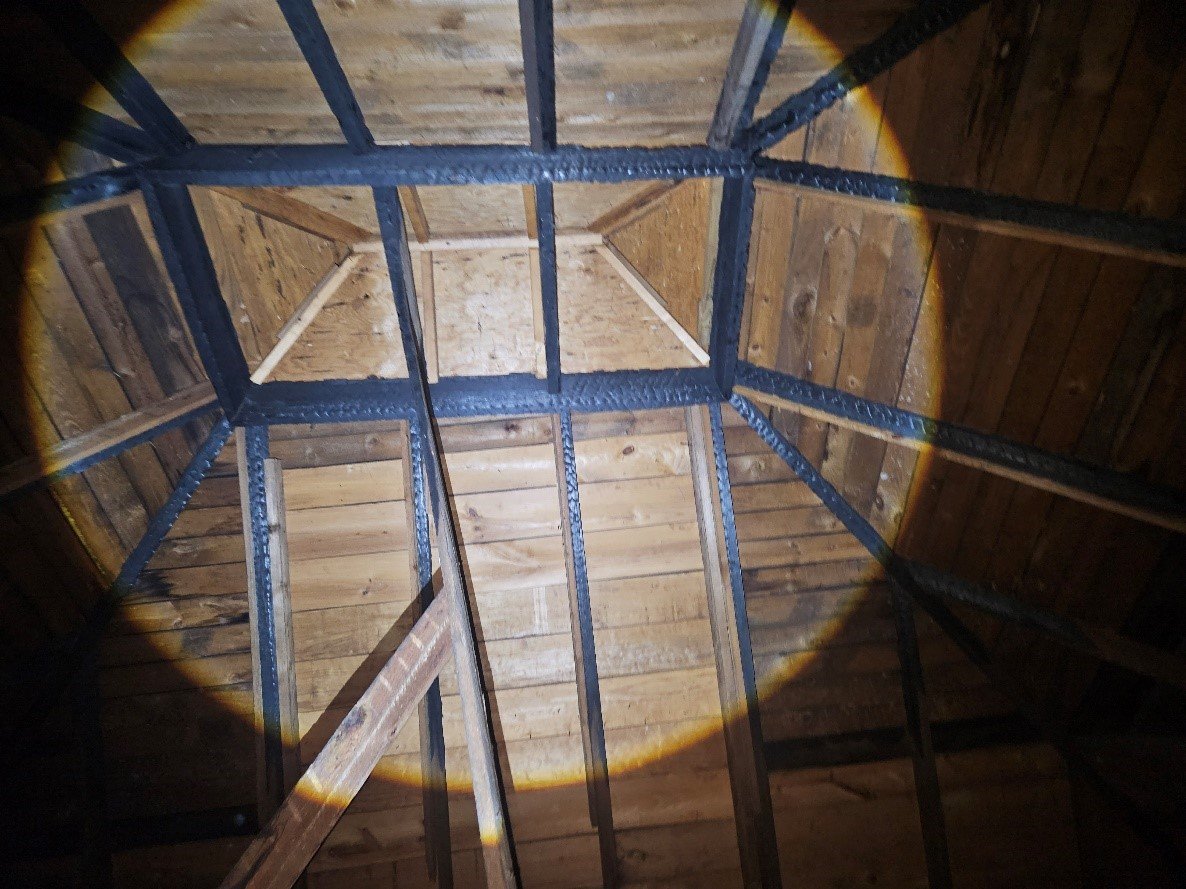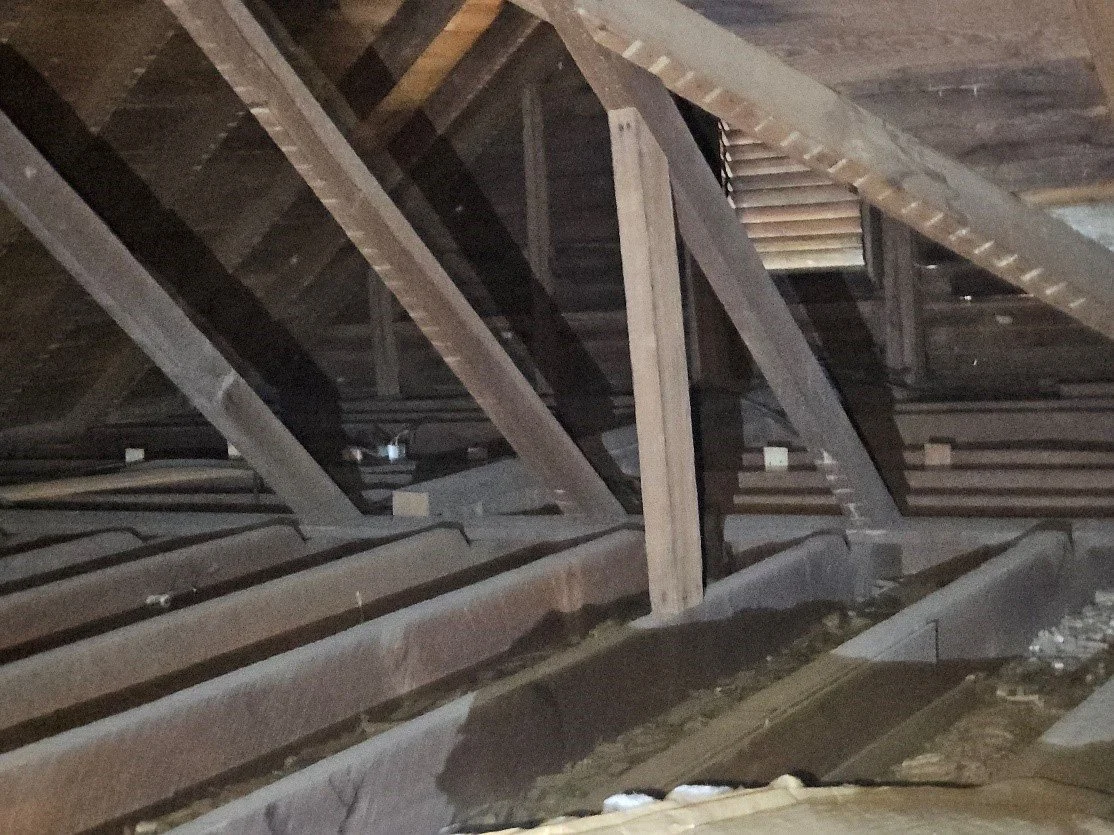In this section I wanted to relate to you some of the strange, but true, things I have found on my inspections over the years. Remember that the folks buying these homes, my clients, had already been through these homes, often many times, and had not seen these issues. This is why it always amazes me when people say "I don't need a home inspection". Really? I will update this section from time to time as I find more things that I want to share with you.
1. Baby pool and buckets in the attic. I wish I had taken a photo of this one. I went up into the attic of the home I was inspecting. The seller was there at the time. I found a small blue baby pool in the attic, like the kind you get at Walmart. The pool was obviously placed there to catch a water leak. I see this a lot. It is usually a pan or a bucket. I asked the seller of the home why there was a baby pool in his attic, when he had nothing else stored there. He said that is where he keeps the baby pool when he is not using it. Really? So you fold this thing up and stuff it up the set of pull down steps just to store it in the attic? He said "yep". I then asked him why there was some water in the pool. He said there must have been some water left in it from the last time he used it. Really? The buyers had seen the pool, but did not realize what it meant. The house needed a new roof that cost $8000. The clients would have bought this house and then had to sink $8000 into it when they could have gotten the seller to pay for it. Good thing they had a home inspection. I did take some photos later of buckets and pots I see in attics.
2. Car jack in the crawl space. This is another one that I have seen several times. In older homes, the wood that was used to build them was not pressure treated, so it is open to termite damage, and often has it. This caused the foundation and floor support beam to "sag". The owner decided to "jack up" the sagging beams with a car jack rather than fix it properly. The photo below is from a home in Newnan Georgia that was built in 1925. Most buyers don't want to go into the crawl space of a home, so they would have never seen this.
Car jack holding the floor up.
3. Sink hole under the home. I inspected this home in Carrollton Georgia in an area that was a lake many years ago and filled in to make a sub division. The owner was an elderly lady who was selling her long time residence to go into an assisted living home. When I went under the home I noticed that I could see daylight coming in from under the foundation around the edges of the home. There was a large sink hole in the center of the lot under the home. No mention of this was made in the disclosure statement (none of the issues I am describing here were ever in the disclosure statement). I asked the elderly lady about the sink hole and she said "oh yea, I have had that filled in several times, but it keeps coming back". I asked her why she did not put this in the disclosure statement for her house. She said " well no one would buy my house if I did that!". Yea, right.
4. Large foundation crack. This is another crawl space story. I was inspecting this $320,000 home in Villa Rica Georgia. The home was very clean and recently redone, with granite counter tops, high end appliances, etc. This home had a small crawl space that was difficult to enter. I always check crawl spaces. I found a huge crack in the block foundation of this home. You could stick your arm through it because it was so big. The foundation has settled because of water entering in the outside front of the home where run off from the driveway was accumulating. The buyers did not see this because they were taken up with all the pretty stuff in the home. I asked the seller why this was not in his disclosure statement. He said he had a structure engineer look at it years ago and told him it was ok the way it was. He had no documentation to prove that. Estimated cost to repair the foundation and divert the water was $40,000.
5. Rat in the trap. It is not uncommon for people to have squirrels in their attic, but you would think you would at least check the trap and empty it when you have your house for sale, let alone on the day that you know the home inspector is coming. Not so in this case. This unlucky critter (I think it was a squirrel anyway) took the bait and made it in to my true stories page all in a matter of seconds. I have seen plenty of other strange things in peoples homes too, but I don't want to discuss that here.
Rat in the trap.
